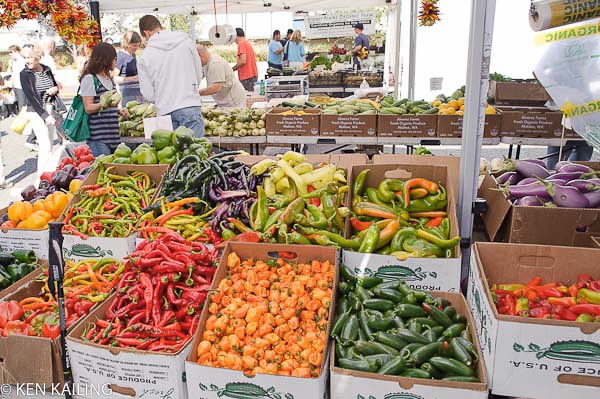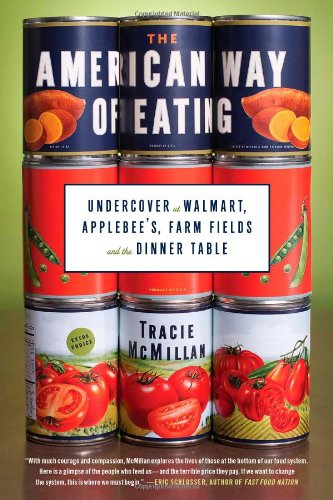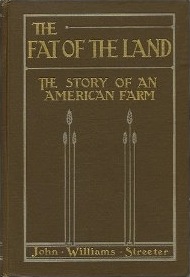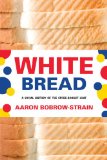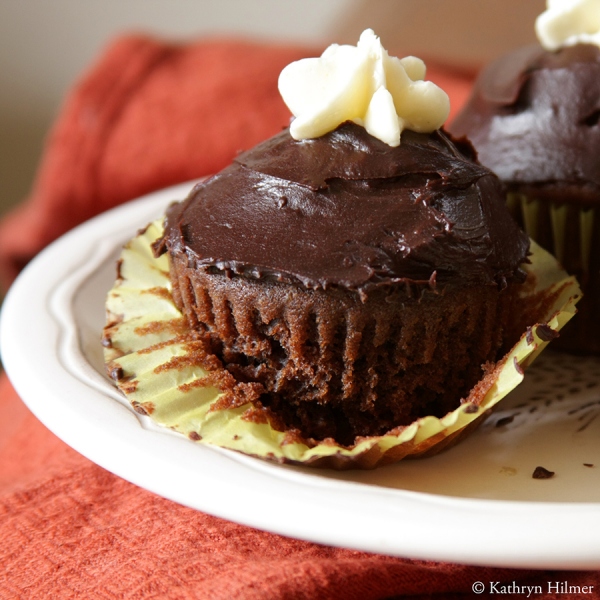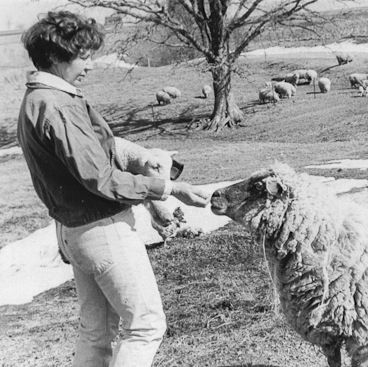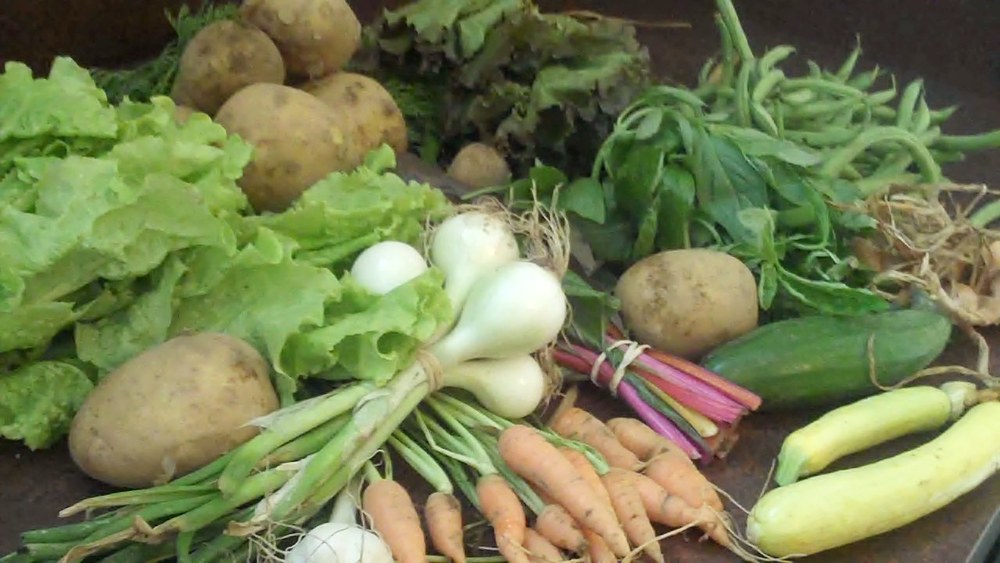The Illusion of Diversity
Yes, it’s Spring – and produce season is ostensibly months away. I say that with my tongue firmly planted in my cheek because we can buy hot weather fruit and vegetables year round thanks to the “miracle” of modern transportation.

